EDA/GSR Sensor Electrode Set for the ActiveTwo (BioSemi), two high-quality Ag/AgCl sintered electrodes with low offset voltage - to be used only with the included one tube of isotonic gel along with one box of Adhesive Rings. 1.5m cable length, terminates in a 7-pin DIN plug to connect to the AUX2/AUX3 socket of the ActiveTwo AD Box.
This GSR Sensor for the ActiveTwo EEG system from BioSemi is a Galvanic Skin Response (GSR) / Electro-dermal Activity (EDA) sensor electrode set that comes pre-assembled with a pair of pure Ag/AgCl sintered electrodes. Using pure and high-quality Ag/AgCl sintered electrodes for GSR/EDA applications is crucial to ensure low offset voltages from distorting the GSR/EDA signal (non-polarizable).
GSR Sensor for ActiveTwo has a cable length of 1.5m. It terminates in a 7-pin DIN plug which connects to the AUX2 or AUX3 socket (whichever is available) of the ActiveTwo AD-Box from BioSemi.
One GSR Sensor (ActiveTwo) per pack + one tube of Isotonic Gel and one box of Adhesive Rings.
Technical Specifications
- Electrode Material: Pure, sintered Ag/AgCl
- Cable Length: 1.5m
- Connector: 7-pin DIN plug
- Applications: GSR/EDA recordings
- Compatibility: ActiveTwo, BioSemi
- One GSR Sensor (ActiveTwo) per pack + one tube of Isotonic Gel and one box of Adhesive Rings
ActiveTwo Hardware Prerequisites
We install the GSR module here in our office. If an ERGO module is installed already, we would replace the ERGO module with a combo GSR/ERGO module and include a GSR/ERGO Splitter Cable.
Application Note
When setting up a subject with GSR/EDA, do not use alcohol-based products to cleanse the site. Cleansing the site with alcohol-based products to improve conductivity is not recommended, as this will only dry the skin surface and alter the response. Instead lightly abrade the skin with a dry paper towel to remove any dead skin cells.
For best results, use an isotonic electrode paste (see below). The salt concentration of hypo- or hypertonic pastes and gels (e.g., Signa Gel) does not match that of the natural skin and will clog the eccrine glands. Isotonic electrode paste has the same ionic concentration as the eccrine glands in the skin.



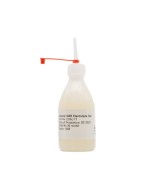
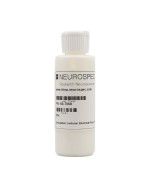

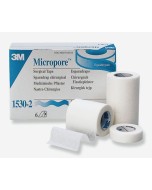
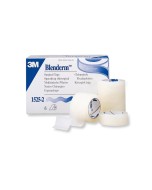
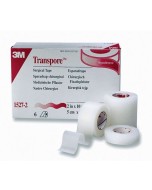
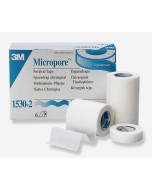

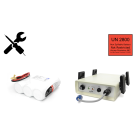


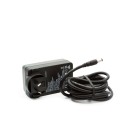

 Australia & New Zealand
Australia & New Zealand  Canada
Canada  European Union (EU)
European Union (EU)  France
France  Germany
Germany  Japan
Japan  Switzerland
Switzerland  USA
USA  International
International